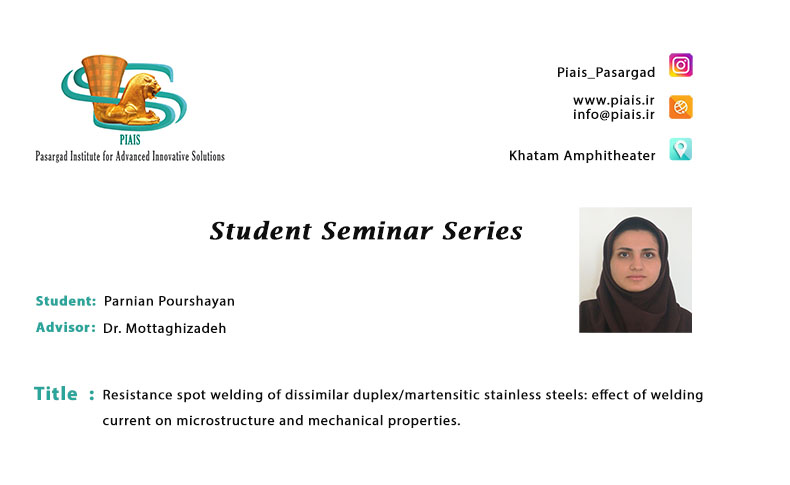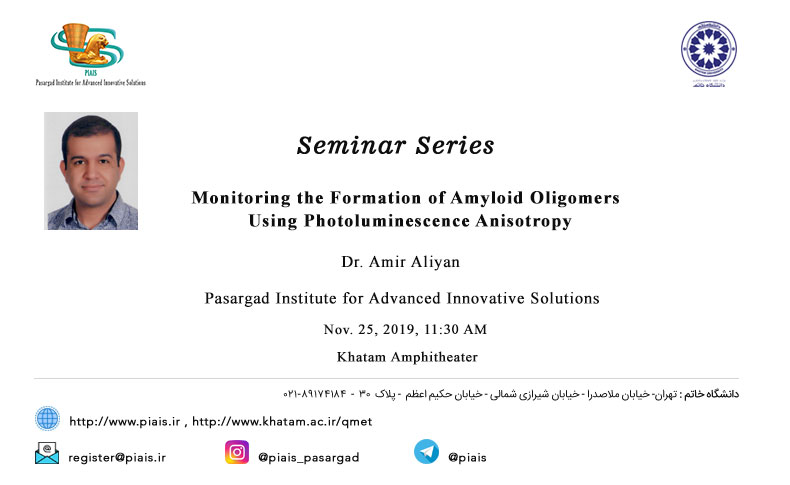
Resistance spot welding of dissimilar duplex/martensitic stainless steels: effect of welding current on microstructure and mechanical properties
In this research, the effect of Resistance Spot Welding (RSW) current (between 7-16 kA) on microstructure and mechanical properties of dissimilar AISI S32304 Duplex Stainless Steel (DSS) and AISI 420 Martensitic Stainless Steel (MSS) (in quenched and partial tempered state) joints was investigated. Shear Tensile Test (STT) results showed that by increasing welding current, peak load and fracture energy of joints first increased (up to about 22000 N and 16000 mJ) and then dropped. Due to the increase of welding current and weld nugget diameter, fracture mode transitioned from interfacial to pull out, leading to higher peak loads and fracture energies. However, because of very high welding current, expulsion and stress concentration increased up to a certain level which caused a decrease in peak loads and fracture energy. These values in Cross Tension Test (CTT) were independent of welding current, and due to the different types of applied force, peak loads were generally lower than their equivalent values in STT. Hardness changes occurred in MSS mainly because of formation of untampered martensite phase during welding around the weld nugget. However, weld metal (WM) contained only austenite and ferrite, with no sign of martensite presence and the hardness in this area was much lower than MSS (about 220 HV in WM compared with about 500 HV in MSS). Three different heat affected zone (HAZ) regions were observed that fitted with the hardness profile observed in the MSS side of the samples. On the DSS side, intense recrystallization and grain growth occurred in Duplex HAZ. Also, the amount of ferrite in this region was increased.
: Duplex Stainless Steel, Martensitic Stainless Steel, Resistance Spot Welding, Microstructure, Mechanical Properties
Relations Post

2020, January, 20
Cosmic Bell Test Using Measure...
In 1964 John Stewart Bell presented an inequality that was able to test the validity of quantum mechanics against local realist models. The inequality states that any theory that satisfies...
Learn More
2020, January, 07
Monitoring the Formation of Am...
The formation of oligomeric soluble aggregates is related to the toxicity of amyloid peptides and proteins. In this manuscript, we report the use of a ruthenium polypyridyl complex ([Ru(bpy)2(dpqp)]2+) to...
Learn More
2020, January, 07
Opportunities and Challenges f...
Due to the importance of chemistry in different industries, protecting the environment, preventing the destruction of natural resources, and creating a healthy and natural life have emerged as important components...
Learn More